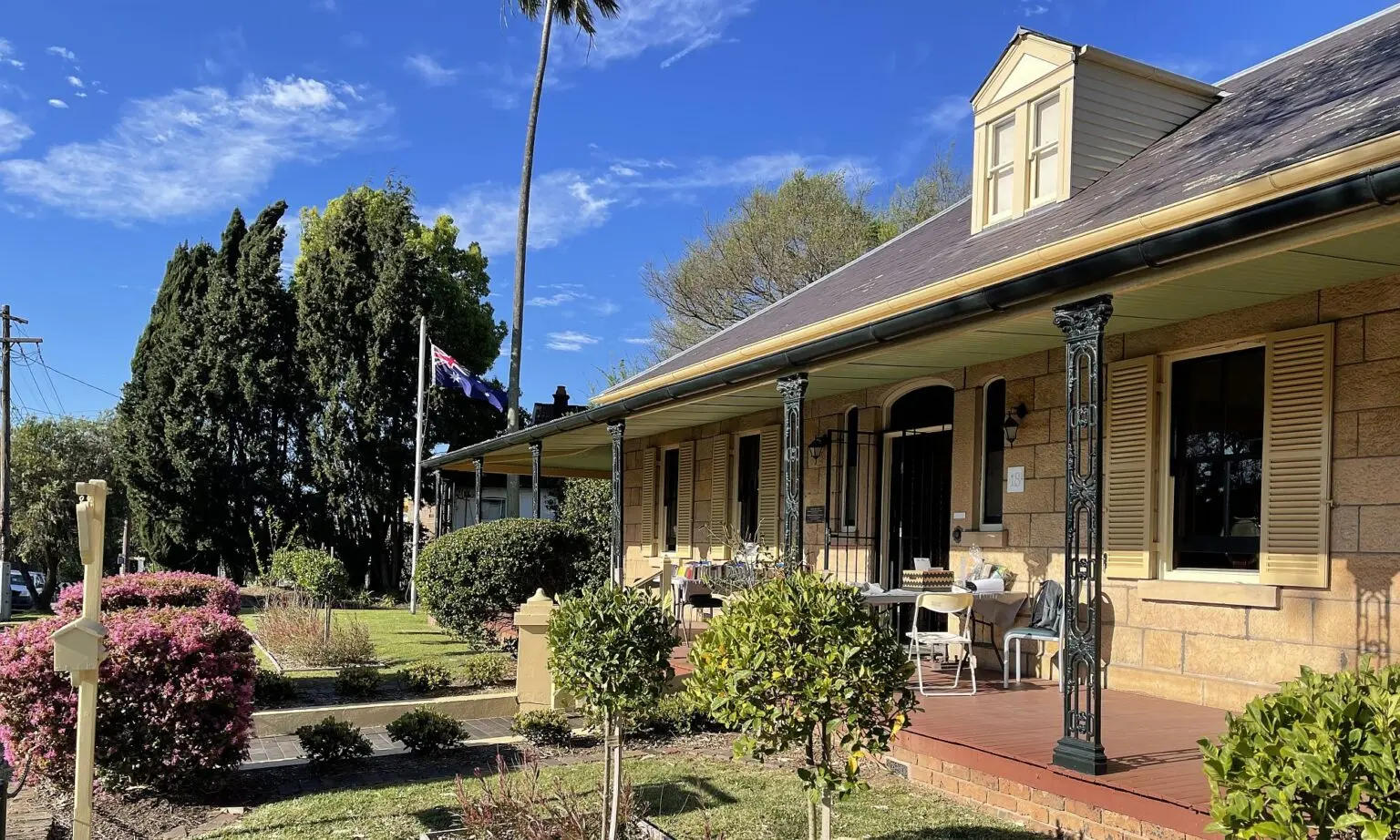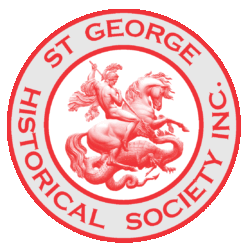434 pages, published by Allen and Unwin 2011
Review by Laurice Bondfield

Most of the history Australian books from Rockdale Library that I’ve so far reviewed have been on the shelves for a few years. This book was published last year, so is quite “hot off the press” by comparison. It is well worth reading as it attempts to rewrite the pre-1788 history of Australia in a way that is bound to be controversial.
You may be familiar with Bill Gammage’s earlier work on Australian soldiers in World War 1 , The Broken Years. This current book has taken at least twelve years to write and includes material from history, anthropology and ecology-turn to the bibliography and be awed by how much research in every state archive and document collection he has undertaken to complete it.
What is his argument? Simply that the Australian landscape the earliest white settlers and explorers encountered was not a “wilderness” but a land tamed and managed by Aboriginal people over thousands of years to be able to support them in abundance, not scarcity. This management encompassed the whole continent from the Torres Strait Islands to Tasmania, principally by using fire. It enabled Aboriginal people to live almost like European aristocrats, with little time needed to provide food and shelter and much time to be devoted to cultural pursuits. The landscape was much more open grassland than forest and fostered the animals and plants that the people relied on for food, tools, weapons, clothing and shelter.
What evidence does he cite? In historical terms, letters from explorers and early white settlers from every state describing the landscape they first saw as “like a gentleman’s park” with monotonous regularity. They write of open space where they could ride with no hindrance, thick grass fields, open areas near rivers and creeks for easy access to water for drinking and fishing. Since, at the time they wrote, the ideas of municipal parks or national parks were far in the future, they were likening it to a cultivated landscape of open areas like paddocks with copses of trees and bushes here and there of the English “gentleman farmer”. Bill Gammage also contends that contrary to the views expressed by some art historians, the drawings and paintings of the early colonial artists were not trying to fit the Australian landscape into their pre-existing European ideas but painting what they saw. He has gone back to some of the places the artists depicted and shows how little they have changed and in what ways. One of Eugene von Guerard’s views of a landscape in Victoria is being used as a source for what plants to use in revegetating the area! The author uses comparison photography between the artist or surveyor’s work and the present day reality as an important part of his argument. It forms a whole chapter explaining the different types of landscape he claims Aboriginal people fostered. The colonial writers also constantly mention seeing Aboriginal people firing the land but with such control that the writers could walk behind the fire, unlike hot wildfires. Sadly, when many of the writers returned to the places they had described after the Aboriginal people had been forced off the land, they found the open grasslands they had described now choked with weedy growth and though some of the small farmers had tried to continue the burning regime, they lacked the intimate knowledge of the whole area which was part of Aboriginal land management and either burnt too often or too little.
From anthropology, Bill Gammage argues that traditional Aboriginal religion encouraged conservatism-that present day people had received the land as created by ancestral beings and were required to maintain it and pass it on unchanged. Each family group was responsible for managing a tract of land, in cooperating with neighbouring groups and had to know it as intimately as any farmer knows their property. This meant visiting different areas on a regular basis, camping there and carrying out ceremonies or other activities. People often left sets of tools at these places so they weren’t burdened with carrying them to their next camp. As evidenced both by historical sources and modern day observations in places like the Northern Territory, where some Aboriginal people still live quite a traditional life, these activities could involve harvesting yams or bush fruits in season and replanting shoots or burying fruit stones in middens to ensure regrowth. Interestingly, Gammage mentions that one of the longest running battles in early colonial history – on the Hawkesbury River – was fought over an area of prime yam growing land.
The ecological/botanical evidence he cites include such things as different types of yams growing in places where they could not have been spread to by natural means, suggesting that groups exchanged cuttings. Trees, the way they grow and group in the landscape are also cited as evidence of deliberate cultivation by means of consistent burning. Native grass was also burned to keep pathways open and to create the kind of “first pick” that grazing animals prefer (incidentally the reason kangaroos love golf courses!)
This is just a small taste of the evidence Bill Gammage uses to advance his argument. Most of the evidence I have recounted here is historical as that is my main interest(and yours I hope!) and I don’t feel as confident in interpreting the anthropological and botanical reasoning. Some of you may be familiar with the term “firestick farming” as advanced by Rhys Jones and others in 1970s- this book is an extension and elaboration of that theory. Don’t be put off reading this book by my short review. It’s written in clear prose, there are no difficult terms or jargon-though I do suggest you read the introduction where he defines the way he uses some familiar words. This is a book sure to intrigue you and set you thinking – as Bill Gammage says – we still have to learn to live in this country.
This article was first published in the January 2012 edition of our magazine.
Browse the magazine archive.

